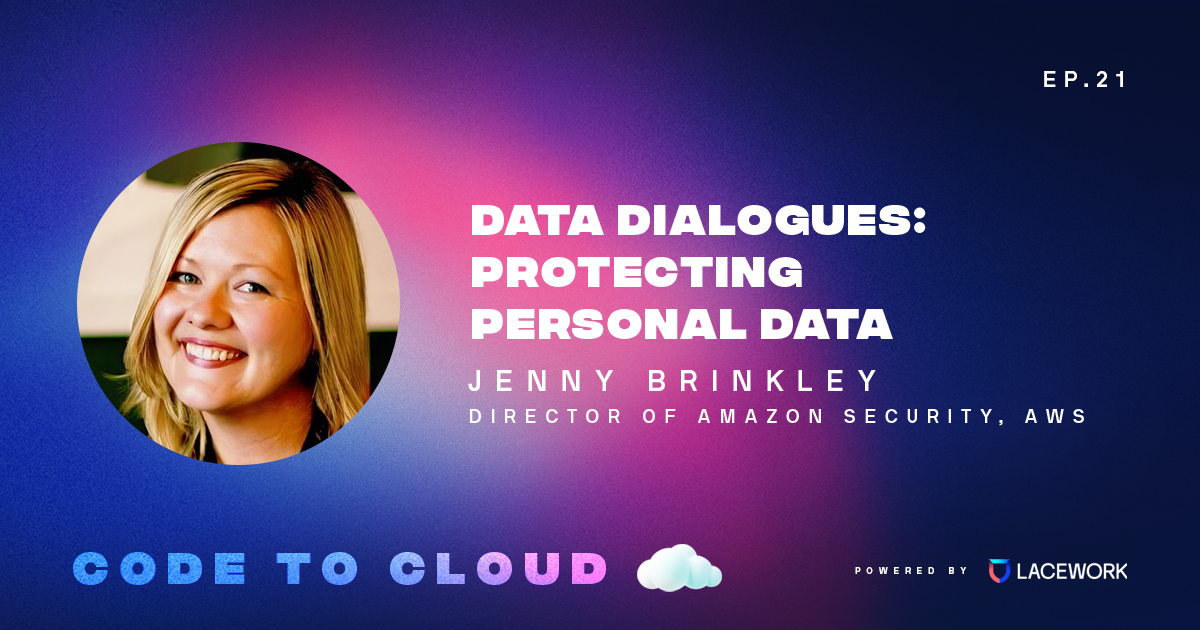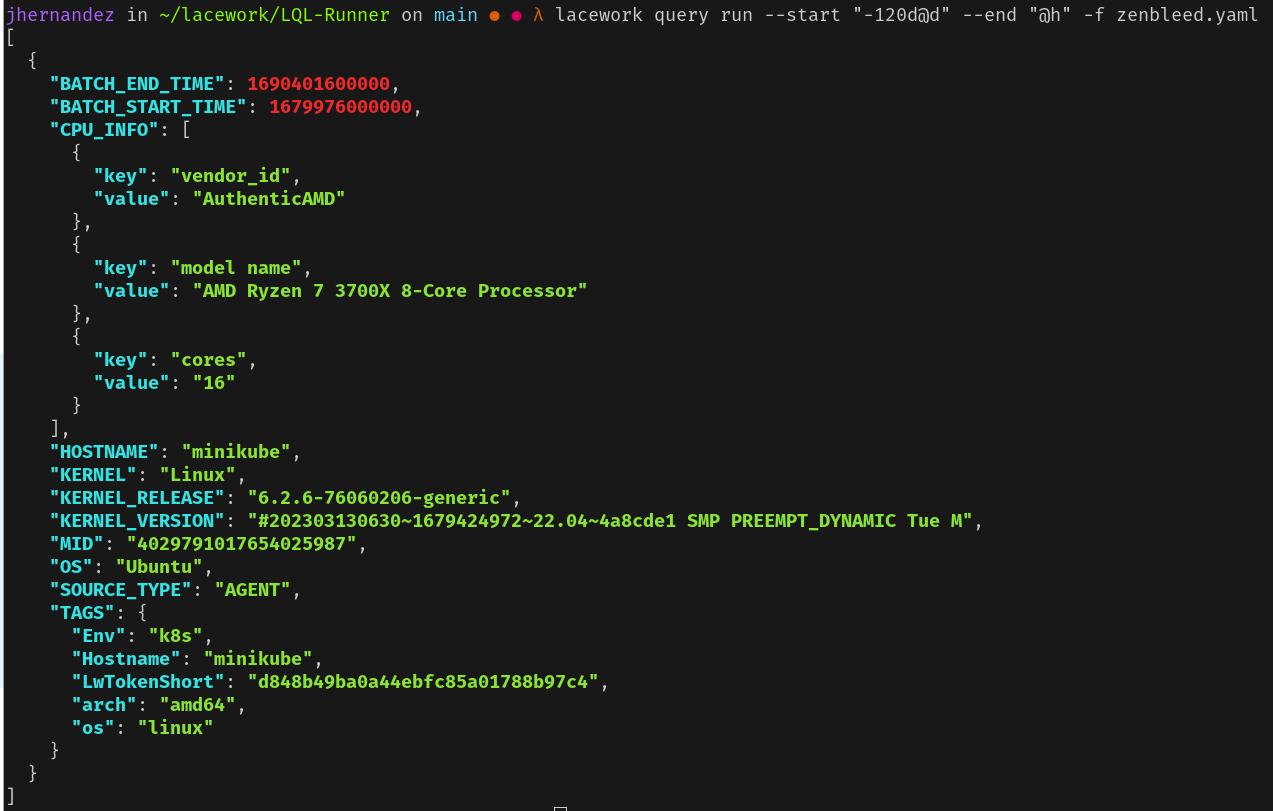What is cloud infrastructure entitlement management (CIEM)?
Picture this: You’re the proud owner of a high-tech vault filled with priceless treasures. Your vault is equipped with the most advanced security system, but there’s a catch – everyone in your organization has the keys, and some have special access to rooms they don’t need. Some individuals even have access to turn on and off security cameras protecting the vault. The potential for theft or misuse of your valuable assets looms large, and you realize the importance of granting access only to those who truly need it.
Welcome to the world of cloud security, where cloud infrastructure entitlement management (CIEM) is the hero that saves the day. Just like the vault owner, you need a solution that effectively manages who can do what in your cloud and ensures that each cloud principal (user, application, resource) has access only to what they need.
In this blog, we’ll dive into the intricacies of CIEM and explore its vital role in protecting your organization’s digital assets and data. We’ll also explore why traditional CIEM capabilities must be paired up with other cloud security technologies to protect modern-day cloud environments from identity-related attacks.
What is CIEM?
Cloud infrastructure entitlement management, or CIEM (pronounced “kim”), is a cloud security solution that focuses on helping organizations enforce the principle of least privilege when building, deploying, using, and managing cloud infrastructure services. It is designed to govern cloud infrastructure entitlements and right-size permissions that may be excessive and dormant, ensuring that each cloud identity has the minimum level of access necessary to perform its job.
CIEM provides centralized visibility and control by offering a centralized platform for managing, monitoring, and auditing who has access to what within Amazon Web Services (AWS), Microsoft Azure, and Google Cloud services, and whether these permissions are appropriate. It helps organizations identify and mitigate excessive permissions and “cloud identity debt” (i.e., the buildup of excessive privileges accumulated over time) that pose security risks, ultimately minimizing the risk of data breaches and their impact.
Why is CIEM important?
In the modern business landscape, cloud infrastructure has become the backbone on which most businesses run. With the increasing reliance on cloud services, cloud identity security has become an increasingly important aspect of an effective cloud security program.
Here are some reasons why CIEM is essential for your organization:
Enhanced security
CIEM helps improve the overall security posture of your cloud environment by providing continuous visibility into cloud identities and their associated permissions. It identifies excessive or unused permissions, which can be a potential gateway for cybercriminals to compromise your cloud resources and exfiltrate sensitive data. By implementing the principle of least privilege, CIEM significantly reduces the attack surface, making it harder for bad actors to gain unauthorized access, and limits the damage from malicious and accidental insider threats.
Simplified compliance and auditing
Many industries are subject to strict regulations regarding data privacy and protection. CIEM solutions help organizations maintain compliance with these regulatory obligations by providing clear visibility into who can access what. This enables organizations to demonstrate compliance during audits and ensures that all cloud resources are being accessed and managed according to least privilege best practices.
Improved operational efficiency
CIEM simplifies cloud identity management by dynamically discovering all your cloud principal identities and automatically calculating their net-effective permissions. This streamlined approach reduces the time and effort required to establish and maintain your organization’s cloud identity architecture, ultimately increasing operational efficiency.
Increased cost savings
Unused or excessive permissions can lead to unnecessary costs for your organization. Limiting cloud identity risk ultimately helps avoid financial implications like operational disruption, financial loss, regulatory penalties, brand reputation damage, and threat remediation costs.
Key features of a CIEM solution
Now that we’ve established the importance of CIEM, let’s take a look at some of the features that these solutions offer:
Comprehensive visibility
A good CIEM solution should provide a holistic view of your organization’s multicloud environment, including cloud principal identities, net-effective permissions, and overly-permissive cloud identities. This visibility enables you to understand and manage access efficiently and effectively.
Integration with existing security tools
Your chosen CIEM solution should be capable of integrating with your existing security tools and infrastructure. This seamless integration ensures that your CIEM solution works in harmony with your current security processes, providing a unified and comprehensive security strategy.
Customizable reporting and dashboards
A good CIEM solution should offer customizable reporting and dashboards that cater to the specific needs of your organization. These reports can help you visualize and understand your cloud infrastructure’s security posture, enabling you to make informed decisions and optimize your security strategy. These reports can also streamline the compliance and audit process, cutting down the workload for security teams.
Why CIEM tools alone aren’t enough for modern cloud security
While CIEM solutions are essential for governing identities and access, in many ways, the story only starts here. Given that identity access management (IAM) programs are by no means foolproof — paired with the fact that there’s a black market for stolen credentials — protecting against identity-related attacks also requires an understanding of what human and non-human entities are actually doing in your cloud environment.
Having greater oversight over cloud roles and permissions is only half of the story. The other half involves monitoring both human and machine cloud identities to detect unusual behavior. However, this too is challenging and requires scarce expertise, advanced analytics, and automation at scale. Only with these capabilities can security teams collect, process, and analyze the massive amount of data required to detect cloud identity threats, such as those listed in the MITRE ATT&CK Framework.
Companies should look beyond traditional CIEM capabilities and pair identity governance with modern technologies like anomaly detection and behavior-based analytics. This combination extends CIEM beyond cloud identity governance and into the world of more holistic identity security. With cloud identity security, organizations can not only pinpoint suspicious behavior as soon as it happens but can also effectively prioritize which identity fixes are most critical, rather than serving up an endless list of to-do’s.
The role of CIEM and identity security in a cloud-native application protection platform (CNAPP)
Optimizing cloud identity management through CIEM promotes operational efficiencies by simplifying cloud identity security. Specifically, this efficiency involves the ability to automate the discovery, analysis, and enforcement of least privilege access across cloud services and multicloud environments. It should be no surprise, then, that CIEM is an integral piece to the emerging (cloud-native application protection platform) CNAPP category, as a key benefit to CNAPP is operational efficiency and risk management.
CNAPP solutions streamline cloud security by combining multiple cloud security technologies into a single integrated platform. Because these capabilities are each benefitting from one shared pool of cloud data and can seamlessly communicate with each other, the best CNAPP solutions offer enhanced versions of common cloud security use cases.
For example, consider vulnerability management. Rather than traditional vulnerability scanning, these cloud-native application protection platforms can correlate data gathered through various ingestion methods to consider vulnerabilities in light of runtime data. What does this mean for security teams? This means that security teams can be sure they’re working on vulnerabilities that are actually tied to active, running software packages.
In the case of CIEM, a cloud-native application protection platform promotes holistic identity security. CNAPP solutions should be able to not only identify which cloud identities are overly-permissive but should automatically prioritize its riskiest cloud identities, based on behavioral data, posture data, runtime data, and other cloud security telemetry. Because the best CNAPP solutions also offer continuous workload monitoring through agent-based technology, security teams can also discover abnormal entity behaviors as they unfold and can respond accordingly.
Get a handle on cloud identity management with CIEM and CNAPP
Cloud infrastructure entitlement management should be an essential component of your organization’s cloud security strategy. With so many moving pieces inside highly dynamic and complex cloud environments, CIEM is becoming a must-have for any organization looking to reign in the chaos of their growing clouds.
Remember, when it comes to cloud security, a proactive approach is always better than a reactive one. By providing comprehensive visibility, and automated remediation guidance, CIEM solutions can help you proactively and continuously maintain a secure and compliant cloud environment.
Interested in learning more about CIEM trends? Read this research from the Enterprise Strategy Group (ESG) on CIEM adoption and learn how other organizations are incorporating this technology into their cloud security strategies.



